Romane Fontaine-Pasquali, also known as bipolarbear_art on Instagram, is a Montreal-based artist raising mental health awareness through her work, specifically her beloved caricatures and comic-like drawings. In an interview with Arts Help, Fontaine-Pasquali explains how creating art became vital for her and that it provided support while experiencing manic episodes.
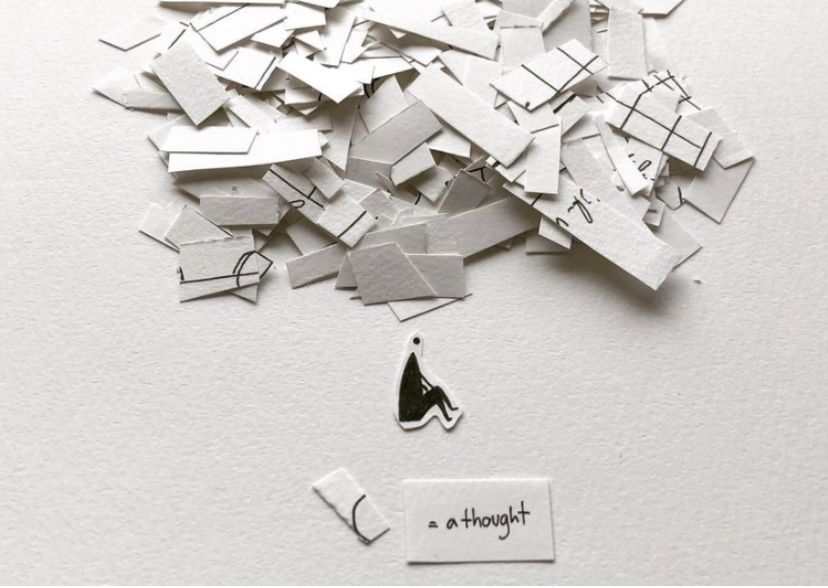
“Mon premier épisode maniaque marque certainement le début de la production plus soutenue et constante,” she explains. “Je créais toute la nuit sans m’arrêter” [“My first manic episode certainly marks the beginning of more sustained and constant production. I was creating [art] all night without stopping.”]
Fontaine-Pasquali goes on to explain how her style has evolved alongside her. “Mon style était très changeant d’un épisode à l’autre, car j’avais l’humeur liquide” [My style was very changeable from episode to episode, because I had a fluid mood]. This fluidity came from drawing and creating during manic and psychotic episodes.
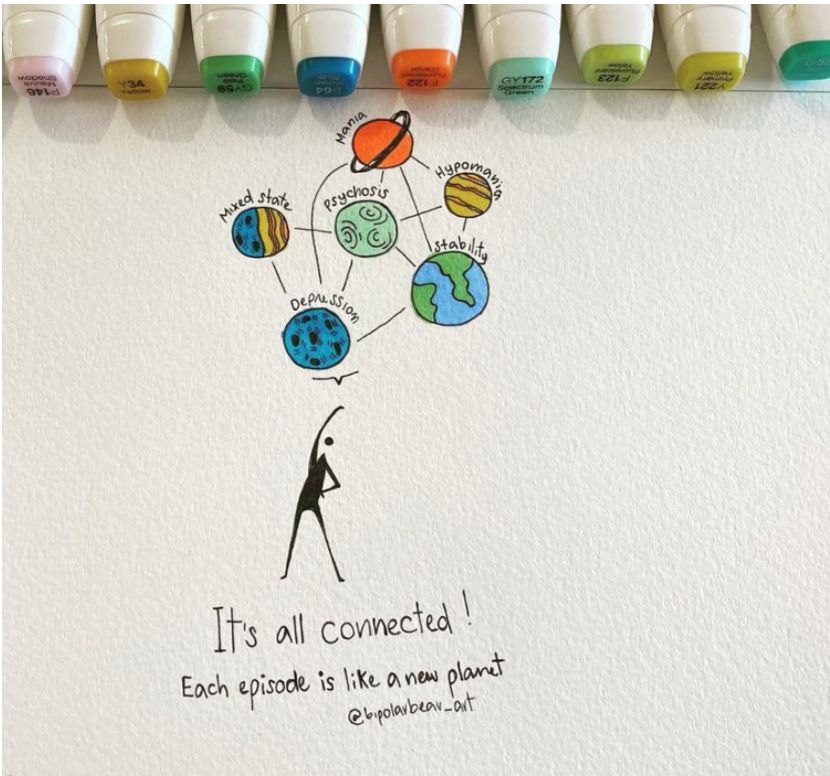
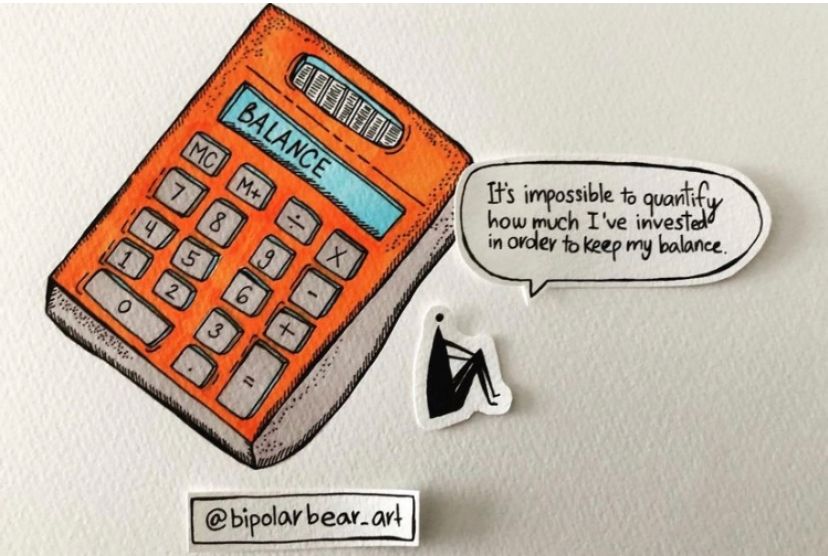
As time went on, she noted that she was able to create pieces describing and portraying mania without being in a manic episode herself. Now, Fontaine-Pasquali describes her style as more precise and consistent, using alcohol-based markers to draw her characters.
Fontaine-Pasquali credits themes relating to emotion and medication as central to her work when asked about her inspirations.
“Je m’inspire beaucoup de mon expérience du trouble schizo-affectif de type bipolaire pour créer mes dessins. J’essaie aussi de voir au-delà de la maladie, au-delà des symptômes” [“I draw a lot of inspiration from my experience with bipolar schizoaffective disorder to create my drawings. I also try to see beyond the disease, beyond the symptoms”] she explains. She also credits artists like Yayoi Kusama, known for her light installations, as well as her family and friends with inspiring her.
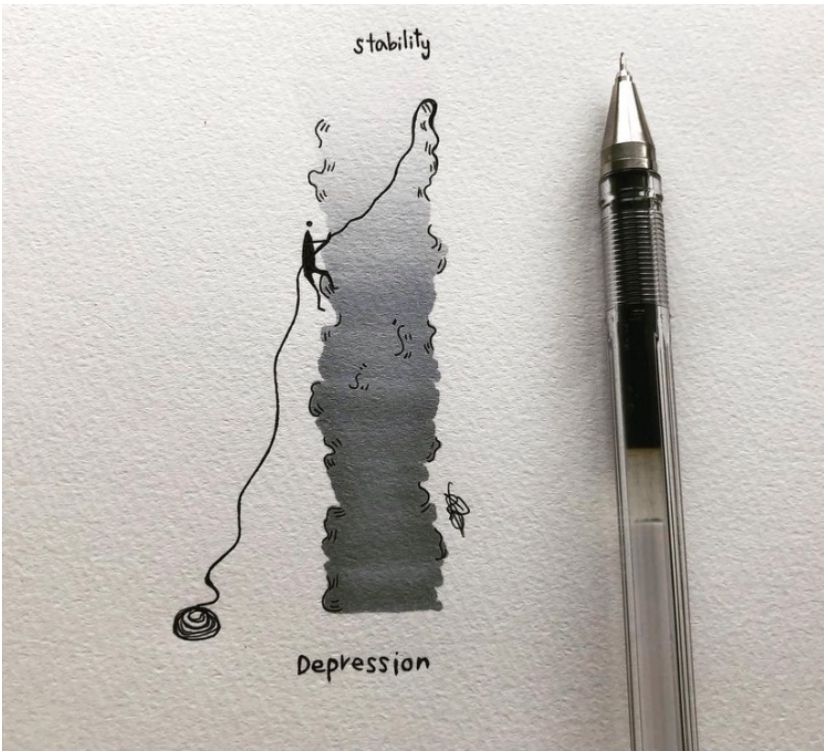
Fontaine-Pasquali acknowledges how the artistic community she found on Instagram inspired her to share her work and story to raise awareness. In her bio, Fontaine-Pasquali has the phrase recovery through art. Additionally, she explains that drawing holds a significant role in her recovery.
“Le dessin a souvent été une forme de reprise de contrôle de ma situation quand beaucoup de repères avaient disparu. Dessiner pour moi c’est aussi adresser des choses que l’on garde trop souvent pour soi” [“Drawing has often been a form of regaining control of my situation when I'd lost my bearings. Drawing for me is also about addressing things that we too often keep to ourselves.”] she adds. Fontaine-Pasquali also feels that art is a form of therapy for her; it is a part of her being and a way to process.
She goes on to credit Instagram as a means to share her work, which contributes to her recovery in a meaningful way. “Le partage de mes dessins sur Instagram a aussi eu un rôle à jouer dans mon rétablissement, car cela a généré de belles interactions qui m'ont poussé à continuer à créer et qui m’ont donné de la force de raconter mon histoire, un dessin à la fois” ["Sharing my drawings on Instagram also had a role to play in my recovery, as it generated beautiful interactions that inspired me to continue creating and gave me strength to tell my story, one drawing at a time”] she explains.
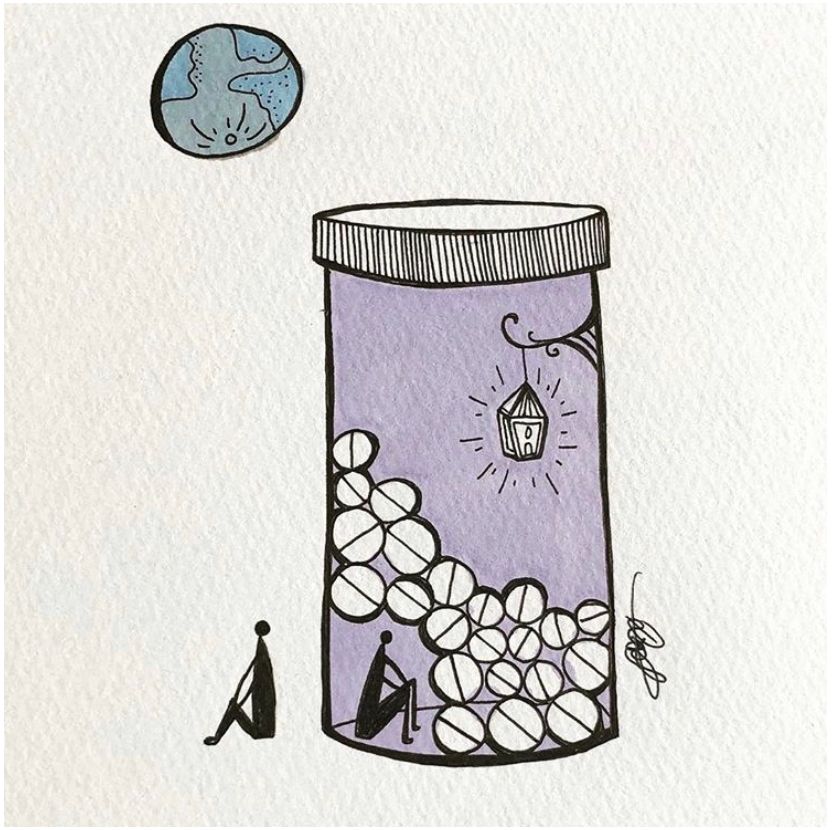
One of Fontaine-Pasquali’s most powerful pieces, and coincidentally one of her favourites, is this drawing with a medication bottle and two figures sitting on either side of the bottle. For Fontaine-Pasquali, this drawing represents her conflicting relationship with her medication, underscoring once again how the theme of medication plays a vital role in Fontaine-Pasquali’s work and inspiration.
“Ce dessin en particulier représente mon ambivalence face à la médication, c’est aussi une conversation entre différentes facettes de moi-même” [This drawing in particular represents my ambivalence towards medication, it is also a conversation between different facets of myself] she notes.
Fontaine-Pasquali’s art relates to United Nations Sustainable Development Goal for Good Health and Well-Being. One of the primary pillars of this goal is to invest in “universal healthcare coverage.” Providing better care includes understanding and listening to communities in need of affordable care. Often, public discourse surrounding care neglects mental health resources. We need to emphasize and prioritize accessibility regarding medication, therapy and other forms of care.
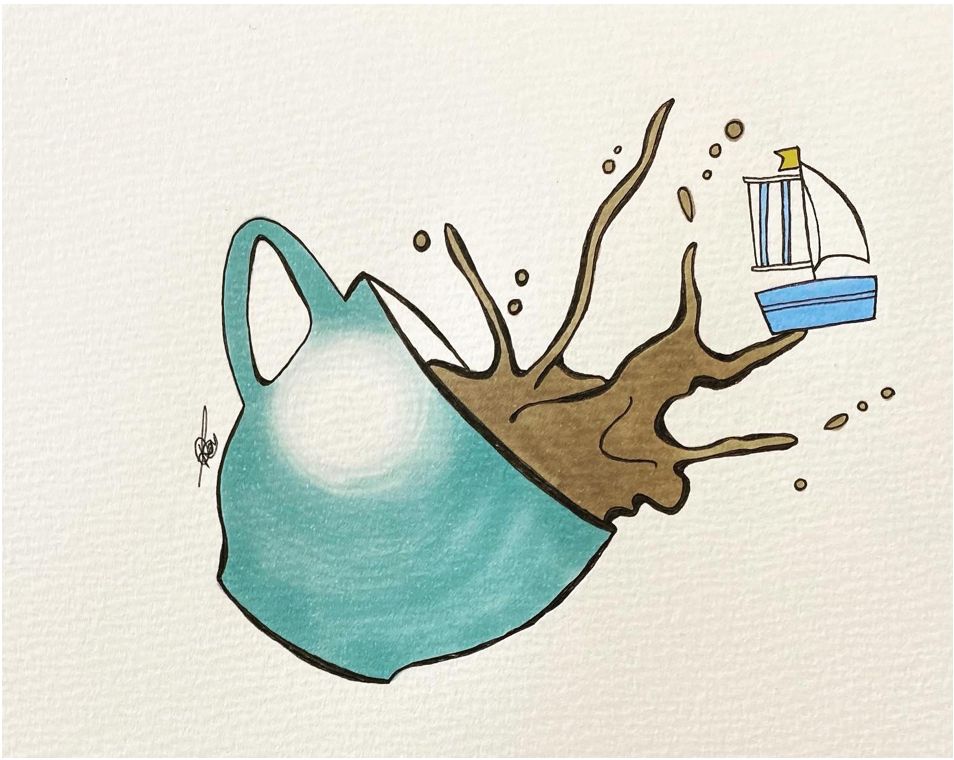
Artists like Fontaine-Pasquali are raising awareness of the reality of mental illness. She destigmatizes the topic and challenges the negative perceptions surrounding mania and other less talked about challenges with mental illnesses.
She explains how art is influential and an agent of change. “Il y a quelque chose de puissant à partager sa propre histoire à travers l’art, car le produit qui en résulte est tout à fait authentique et rejoint les gens” [There's something powerful about sharing your own story through art, because the resulting product is utterly authentic and unites people].
Ultimately, Fontaine-Pasquali wants to shed light on the human experience behind the diagnosis. Her art raises awareness for schizoaffective disorder and daily struggles with mental health issues. In the future, the artist plans to explore even more topics, including those outside of mental health.
To see more, follow bipolarbear_art on Instagram.
Here are educational and supportive resources:
